Kraków 2017-11-21
Główny Instytut Lotnictwa BŻ-4 Żuk.
161a Section 10.02.1959 year. Poland.
History.
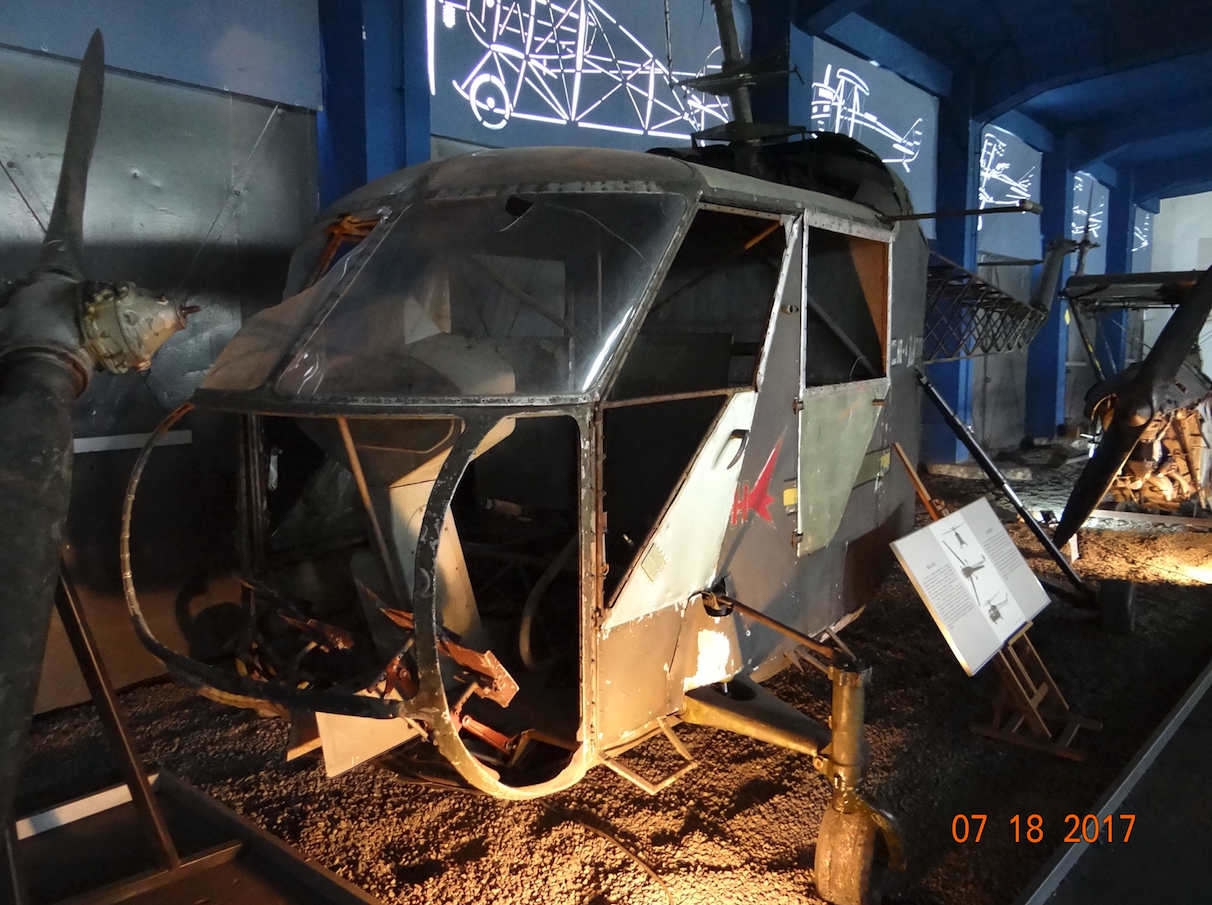
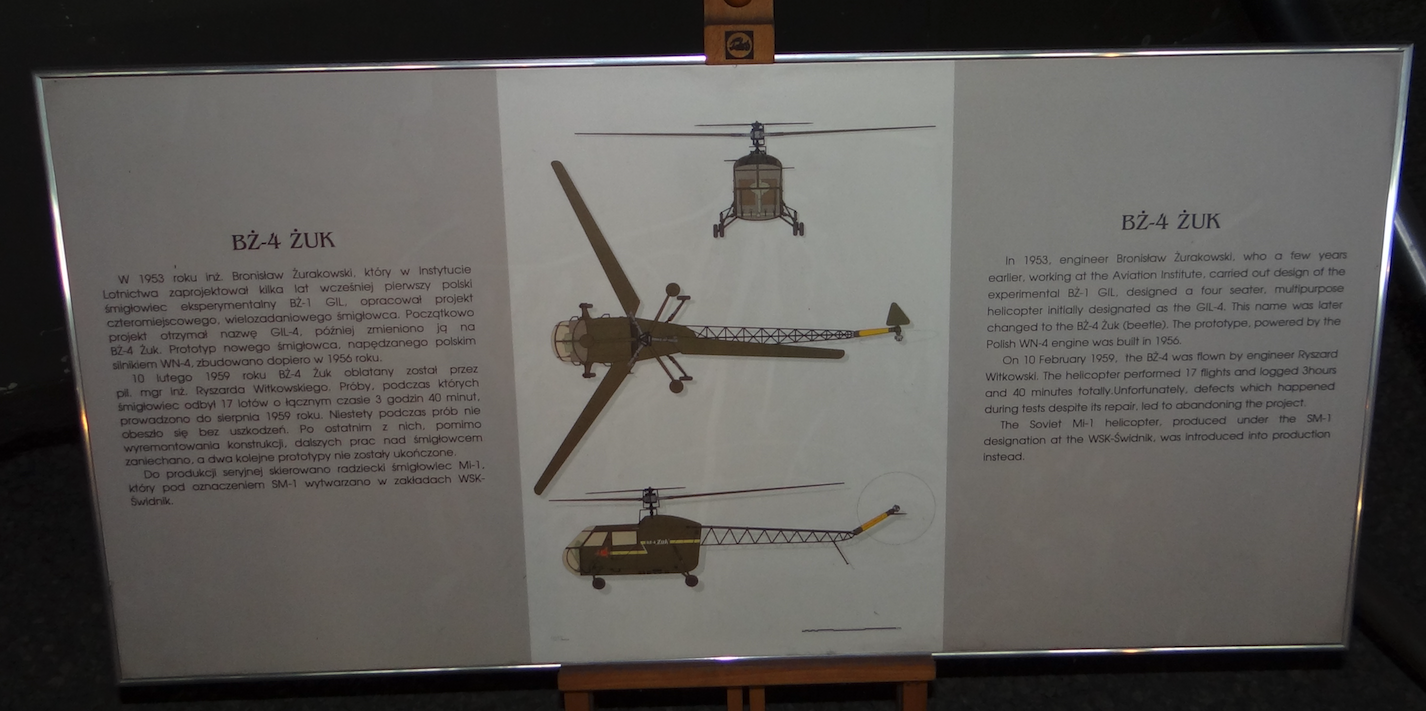

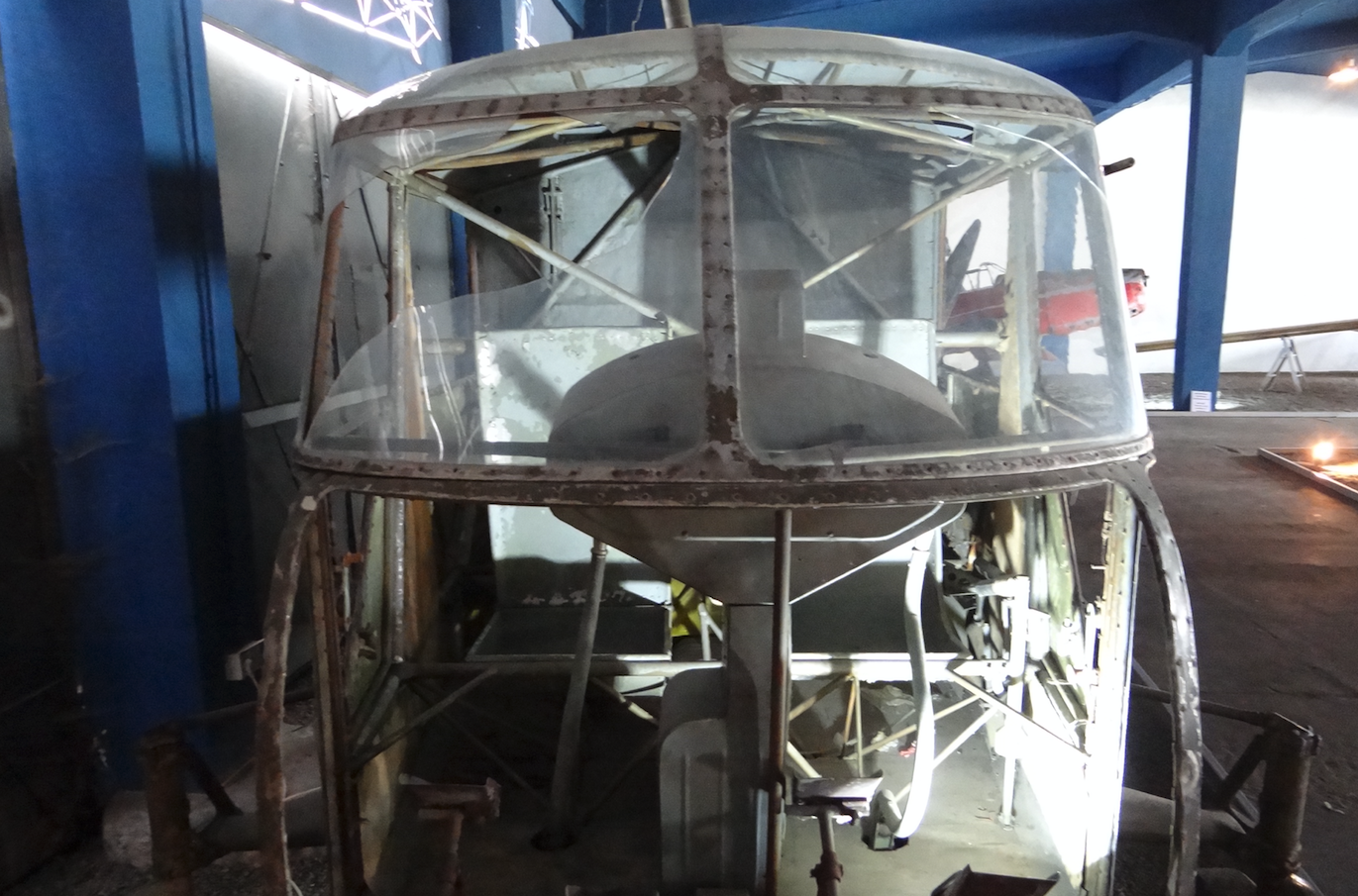
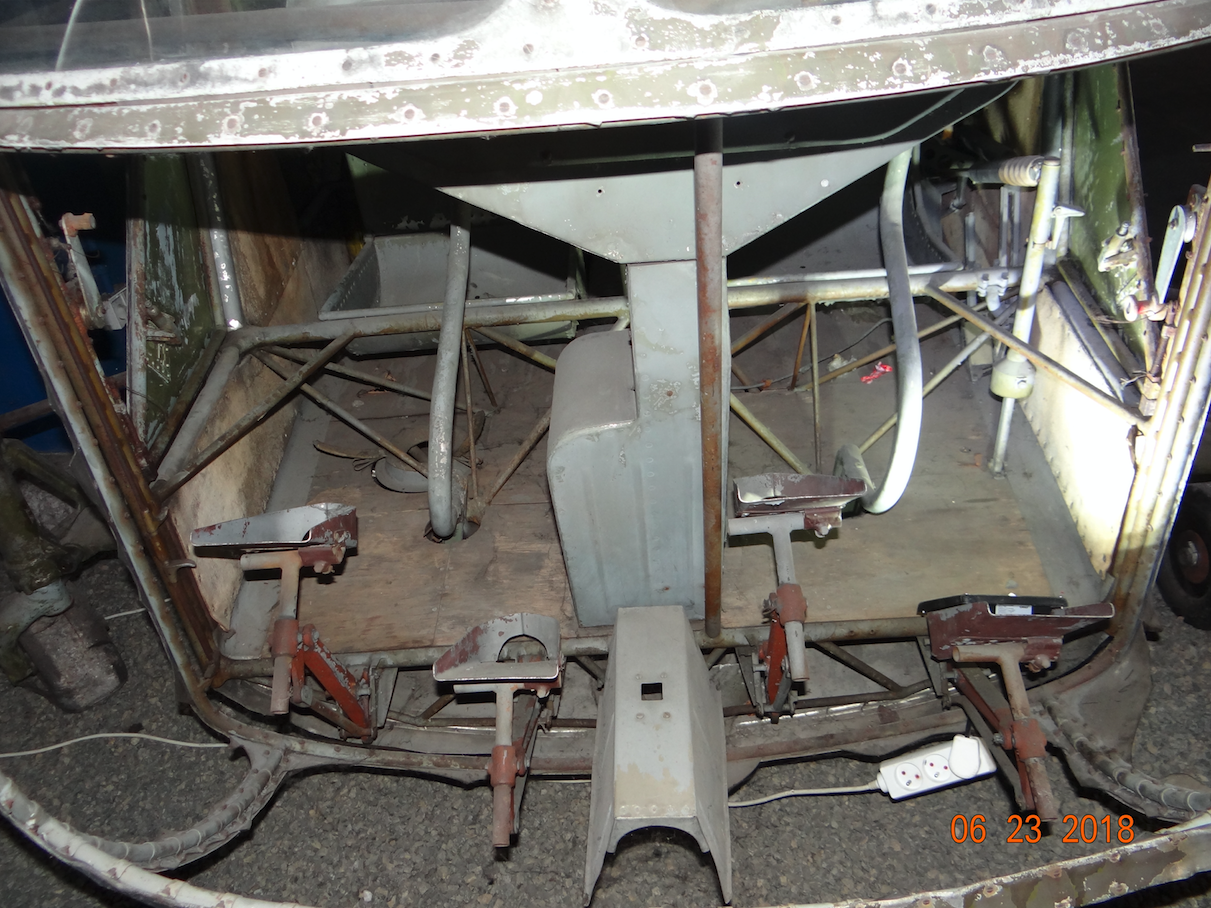
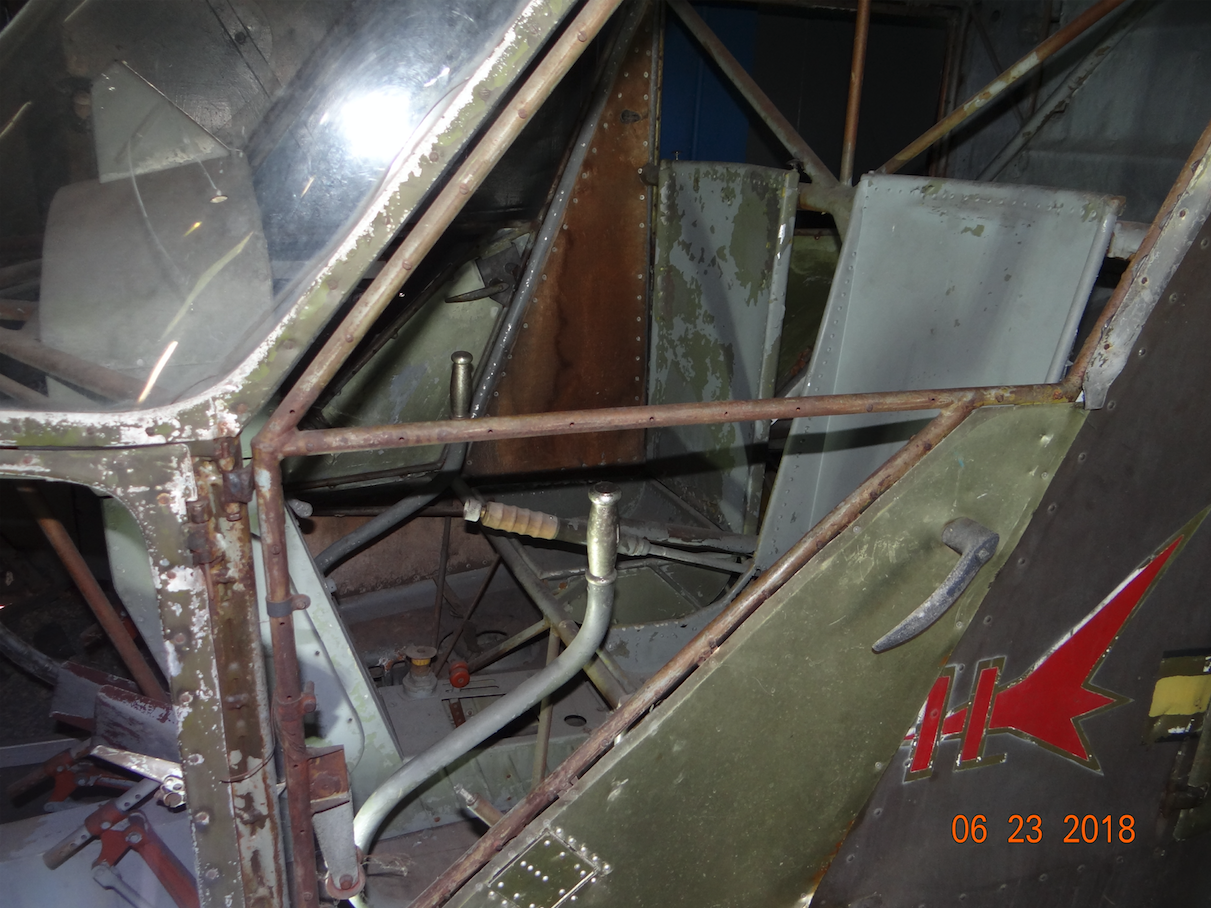
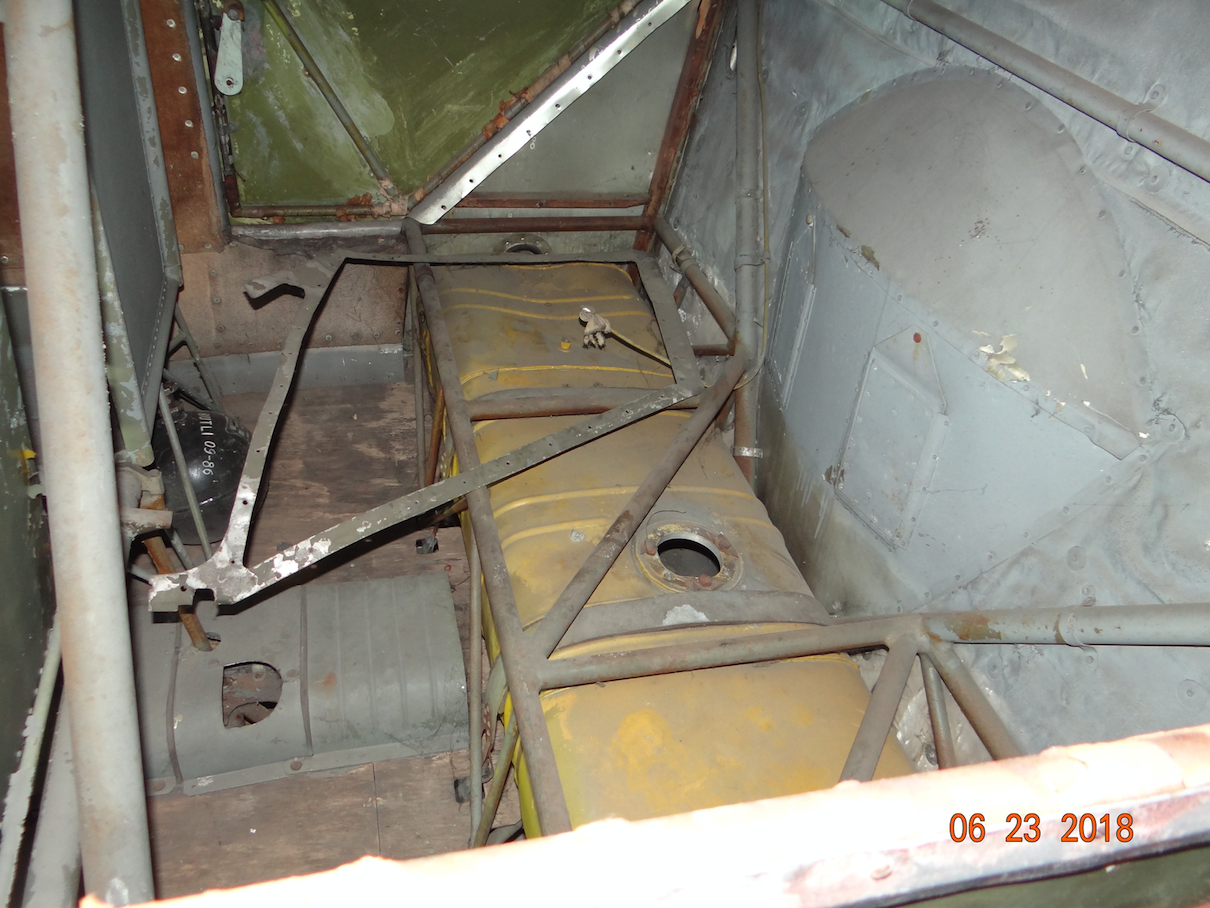
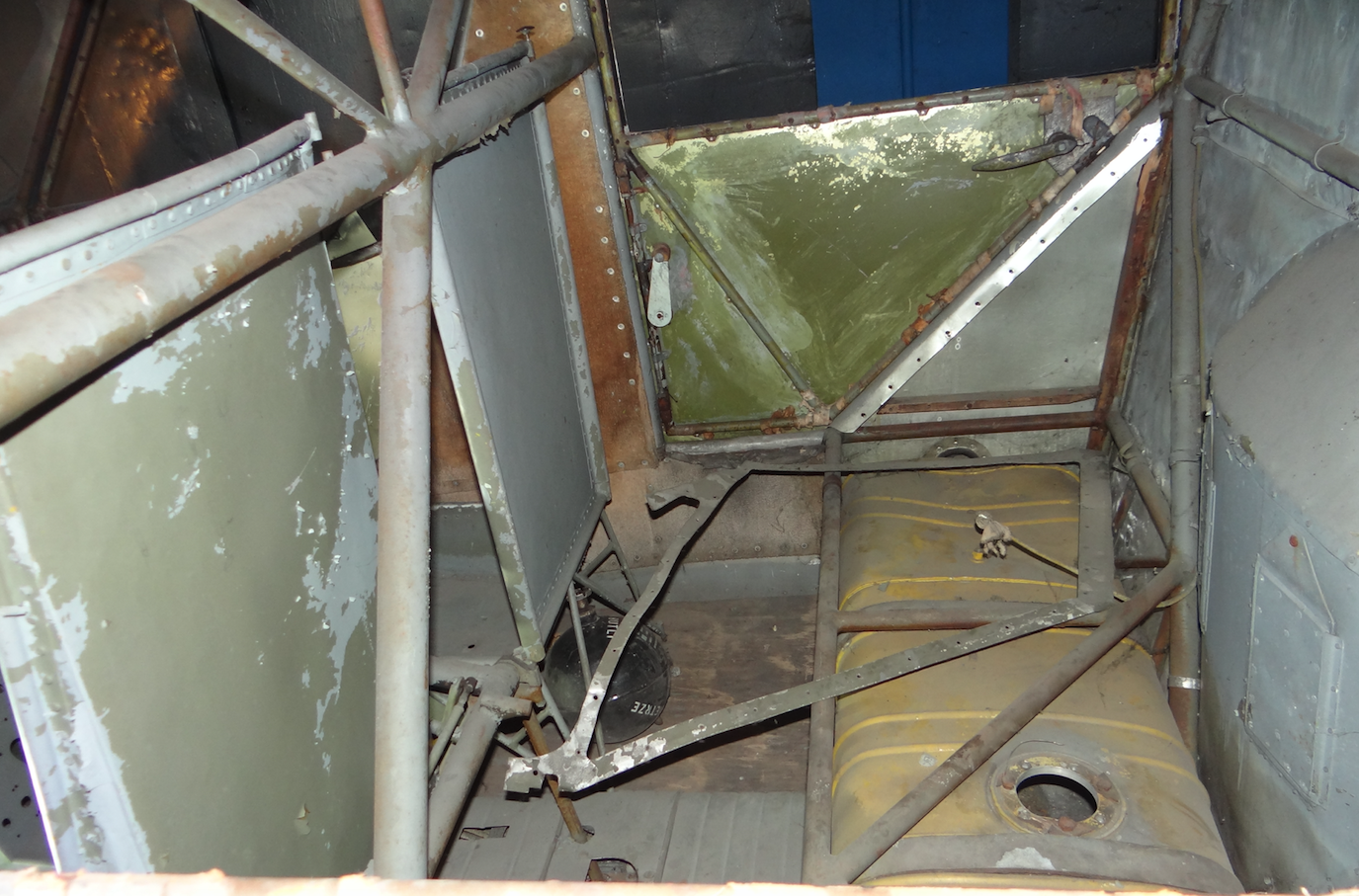
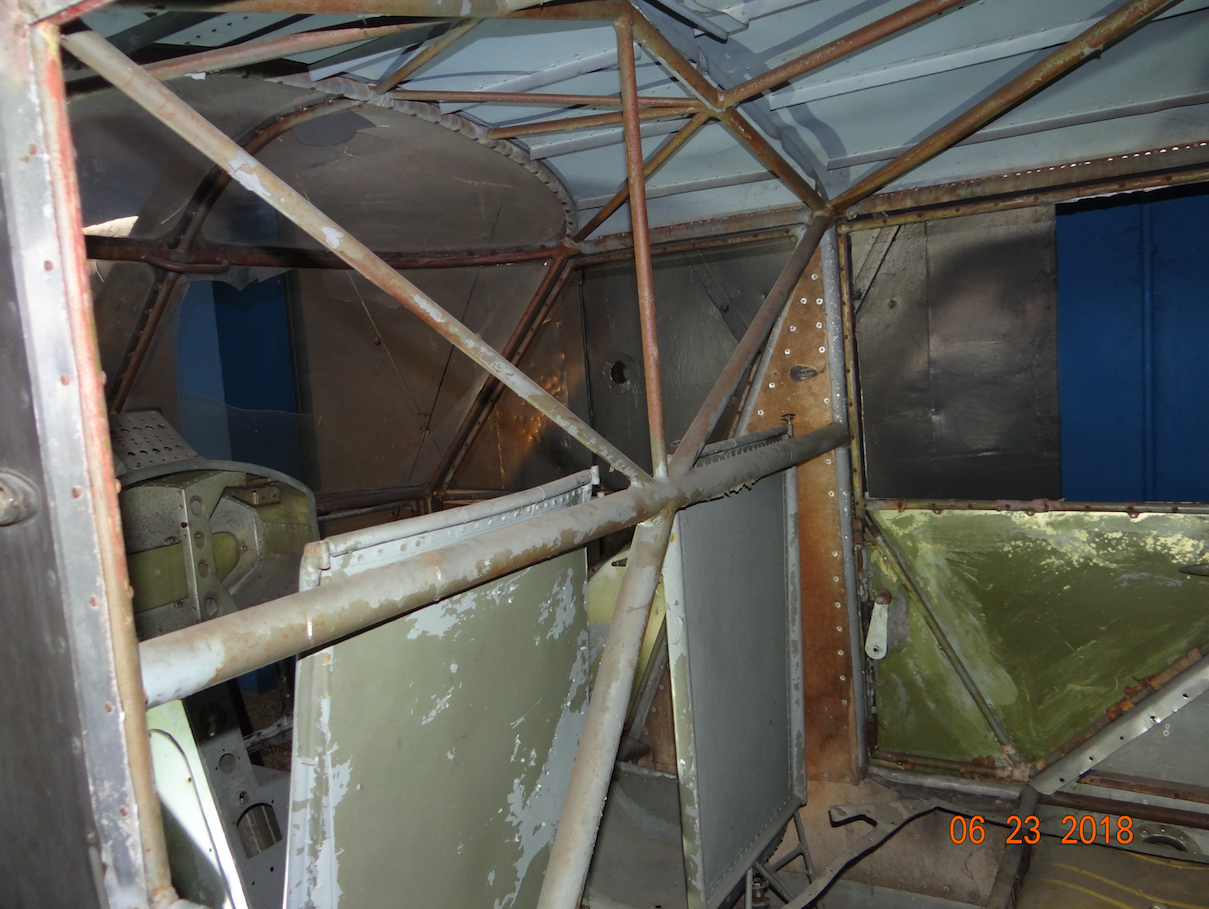
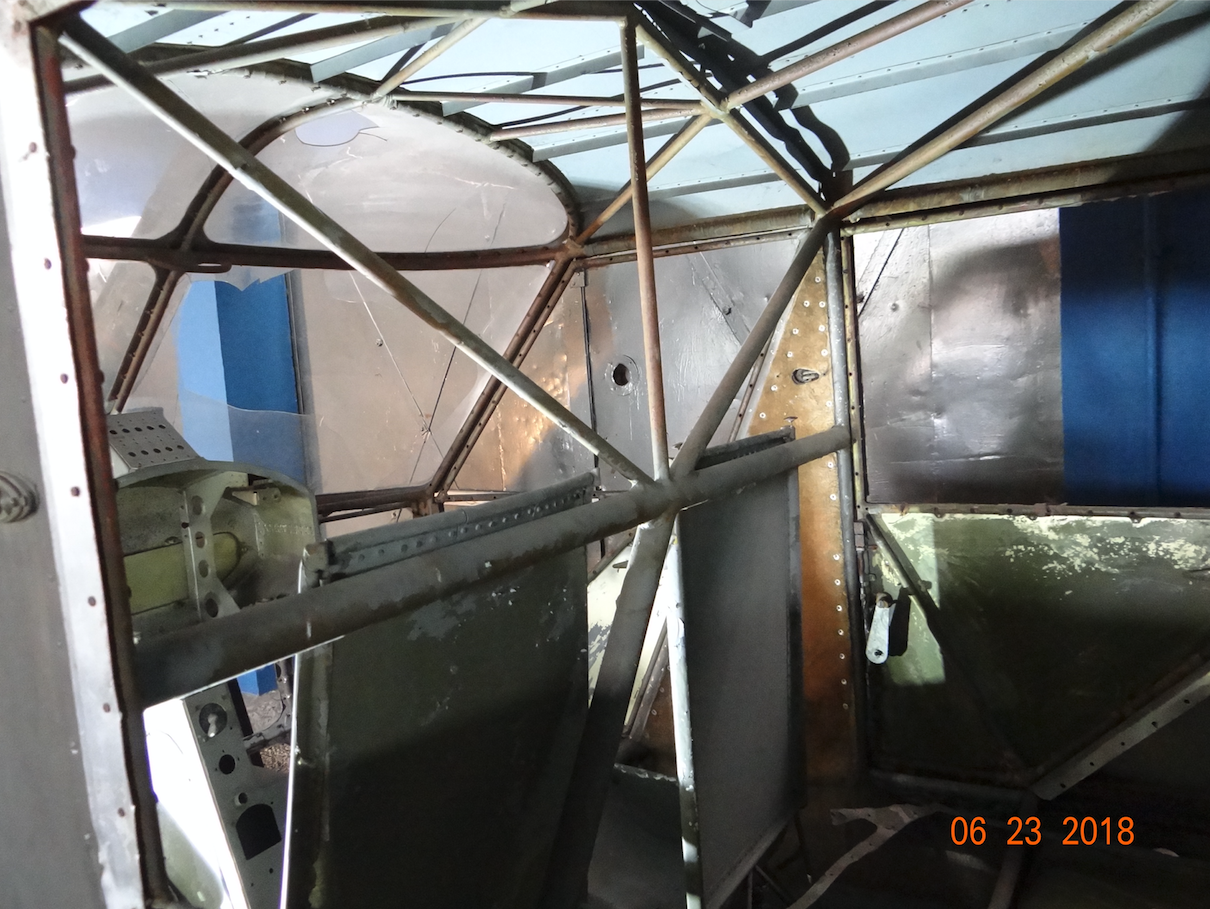


The BŻ-4 Żuk is the second entirely Polish helicopter structure built from scratch. The helicopter was designed by Bronisław Żurakowski, whose brother, Janusz Żurakowski (1914-2004), was famous as a fighter pilot during World War II, and then he was a well-known and respected test pilot in Canada, where he flew, among others, the Avro Canada CF-105 Arrow aircraft.
Bronisław Żurakowski (1911-2009) was a well-known and respected aircraft designer of the interwar and post-war period. He built gliders, planes and helicopters. He made a major contribution to the construction of the best Polish helicopter PZL W-3 Sokół and the development of the PZL-104 Wilga-1 aircraft. He was a talented glider pilot and the last living constructor of the famous pre-war company DWL-RWD.
The BŻ-4 Żuk helicopter is one of the few aircraft structures entirely Polish. Both the construction of the kennel, the engine and the accessories are completely Polish. The helicopter, on the other hand, was nothing special. It was supposed to be a simple and utilitarian helicopter. The concept of the helicopter was born in 1953, after a series of successful flights of the BŻ-1 GIL helicopter. However, GIL did not mean the name of the bird, but the Central Aviation Institute.
Initially, the helicopter was marked GIL-4, and soon changed its name to BŻ-4 Żuk. Work started in 1953, in the Helicopter Construction Office at Okęcie. In 1957, the Helicopter Construction Office was transferred to the Aviation Construction Centre.
The BŻ-4 was designed in a classic layout. It was conceived as a machine with an uncomplicated structure, which influenced the simple shape of the hull and the raw finish of the cabin interior. The helicopter was pioneering in many respects. The prototype of the helicopter was built in 1956 at the Experimental Production Department of the Institute of Aviation.
Bronisław Żurakowski did not decide to use a two-blade main rotor, but chose a three-blade system. He was concerned about the high level of vibration. The three-blade main rotor received an additional control rotor, the Hiller system, which performs the function of stabilization and at the same time reduces the forces on the control stick. This concept has proven itself with good results. The machine is very stable when hovering, and piloting does not require much physical effort from the pilot. The rotor blades are mounted directly in the hub and only have the ability to change the pitch, as in a propeller. The hub and the shaft are connected by a cardan joint. The steering rotor was also connected to the shaft by means of a cardan joint. The steering rotor received three circular control surfaces. Typically, designers of Hiller systems use rectangular control surfaces. Bronisław Żurakowski wanted to obtain larger angles of attack, which translated into effective control. However, nothing comes for free. The three-bladed rotor is more complicated than the two-bladed one. The steering rotor and the main rotor are connected with the steering disc by means of pushrods. Żurakowski's rotor with the Hiller system became a successful sensation on a global scale.
The main rotor blades are of wooden construction. Pine wood was used. The blades were reinforced with a metal rod and a flat bar. The rear part of the shovel has a rib structure. The shovels received locks, after releasing which the shovels can be folded. The third blade is set along the tail boom.
Bronisław Żurakowski designed the flexible suspension of the final drive using joints and torsion bars. During flight tests, an improvement was introduced with an additional system in the suspension mechanism of the transmission, which was coupled to the helicopter landing gear, and precisely the deflection of the front wheel shock absorbers. After the helicopter takes off, the characteristics of the main transmission change. In this way, different damping was obtained at a standstill and different in flight. In both phases, the comfort of people on board the helicopter has improved.
The helicopter was powered by the WN-4 engine, which is a development of the WN-3 engine used to power the PZL TS-8 Bies aircraft. The adaptation consisted in the use of a cooling fan. The motor shaft was connected to the main rotor shaft through a planetary gear and a mercury clutch. The planetary gear reduced the speed in a ratio of 10:1. The mercury clutch is designed to reduce the torque so as not to damage the motor or rotor. The clutch belongs to centrifugal clutches, where the friction materials contact each other after reaching the appropriate rotational speed of the system and are pressed down with mercury placed in a rubber tube. The rotational speed of the system pushes the mercury outward, which in turn pushes against the friction systems that engage and transmit torque. The mercury clutch transmits the increasing torque smoothly. The constructor of the mercury clutch was doc. MSc. Wiktor Narkiewicz.
Tail rotor control was solved in an innovative way. A separate assembly coupled the angles of the tail rotor blades with the general pitch and power levers. When engaging the main rotor, the pilot did not have to pedal the increasing torque from the main rotor. In addition, the plane of the tail rotor was not parallel to the longitudinal axis of the machine, but set obliquely. This eliminated the excessive torque from the tail rotor when flying at higher speeds, and thus the need for pilot reaction. Thanks to this, piloting was easy and not tiring.
The chassis consists of four supports with single wheels. Oil-pneumatic cushioning. The vibration damping is very good.
The first flight took place on February 10, 1959 at Okęcie Airport. At the controls was a test pilot of the Institute of Aviation, mgr inż. Richard Witkowski. The trials, during which the helicopter made 17 flights with a total time of 3 hours 40 minutes, were conducted until August 1959. Unfortunately, during the tests, it was not without damage. After the last of them, despite the renovation of the structure, further work on the helicopter was abandoned, and two more prototypes were not completed.
Reasons for program failure.
First of all - the BŻ-4 Żuk helicopter was a competitor to the Soviet Mil Mi-1 design and, above all, to the Soviet Mil Mi-1 production offer in Poland. There was no need to oppose the rulers in Moscow.
The BŻ-4 Żuk helicopter program was neither a government program nor a priority one in the ministry. Therefore, the program was poorly funded. As a result, the team was small. Apart from Bronisław Żurakowski, there were engineers Wiktor Narkiewicz, Jan Koźniewski and Jerzy Kotliński.
There was a large group of skeptics, critics and simply envious people that the program could succeed. For example, they made it difficult to replace a component that could be replaced in an hour and replaced in a few weeks. They kept pointing out the boxy (implicitly ugly) shape. Low-quality materials with low resistance to fatigue wear were supplied to the fitters. They used every failure for total criticism. At the end of the program, they criticized too innovative solutions, and not the use of "proven" patterns from CCCP.
The team could not afford to use forgings with proven fatigue strength in the rotor head. The constructors of the helicopter roofing sheets had to be fastened with rivets, which caused increased resonance and noise. As a result, there was a failure in the form of structural cracks.
Not everything was successful for Bronisław Żurakowski's team. It turned out that the engine cooling fan was designed incorrectly. At the time of passing through the initial resonance (a common occurrence of all helicopters in the 50s), several fan blades broke off. The steel elements used to protect the crew and passengers were associated with an increase in the weight of the helicopter.
The ergonomics were also flawed. Many elements needed improvement; seats, controls, facilitating getting on and off the helicopter.
The tailboom was too limp, which entailed the risk of the shovel hitting it.
The fact that the BŻ-4 Żuk helicopter was systematically destroyed by many, figuratively and literally, is evidenced by its condition at the Polish Aviation Museum in Czyżyny. No one knows how it happened that when the decision was made to transfer it to the museum (then the Museum of Aviation and Astronautics), it suddenly turned out to be a wreck. Many years ago, its creators gathered with the intention of restoring it into a museum piece. However, it turned out to be impracticable due to the large number of missing devices and details, and practically it would have to be built from scratch. Therefore, it was decided to leave it in the form of the so-called reclaimed. And yet, the BŻ-4 Żuk is a great monument of aviation technology and proves the unconventional approach to the subject by excellent Polish engineers.
Construction of the BŻ-4 Żuk helicopter.
A four-seater single-rotor helicopter with an additional control rotor and a tail rotor. Metal and wooden construction.
Three-bladed rotor, Hiller system. Wooden blades were rigidly attached to the head. For ease of storage and transport, the blades could be folded forward. The head was mounted on the drive shaft on the cardan joint. Above the main rotor, a three-bladed steering rotor was mounted, with blades of circular outline and metal construction. The control rotor reduced the forces on the control stick and stabilized the helicopter dynamically. The change in the position of the steering rotor plane was transferred to the main rotor, causing a periodic change of pitch angles, i.e. periodic turning of the main blades.
The fuselage is a spatial truss, welded from steel pipes. Cover made of duralumin sheets. The cabin is completely covered. The entrance to the cabin is provided by a side door. In the sanitary version, the stretcher was to be inserted through the opening right window. Behind the pilot was a paramedic. At the rear of the fuselage, a tail boom was attached, with a triangular cross-section, with the top pointing downwards. The beam truss had no covering. There was a small in-flight adjustable stabilizer on the slanted end beam.
Fixed four-wheel chassis. Two front wheels and two main wheels.
Equipment: basic navigational instruments, electrical system, on-board transceiver, landing searchlight, flare launcher.
WN-4 7-cylinder star engine, air-cooled by an additional fan, 320 HP (237 kW). The engine was installed in a lying position. Above the engine there was an elastically suspended head with a ratio of 10: 1, connected to the engine by a shaft and a mercury coupling.
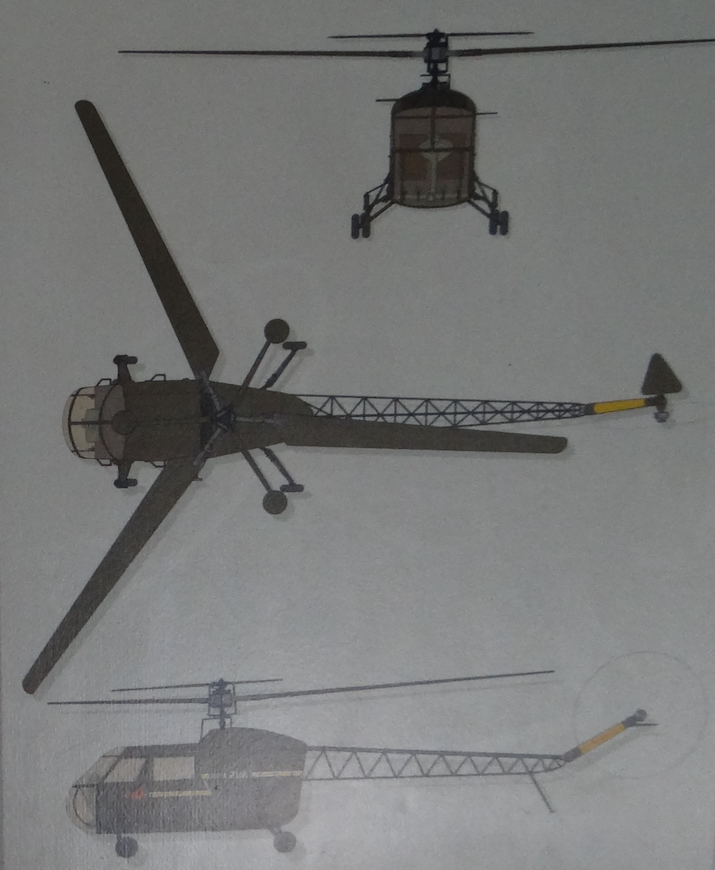
Data T-T BŻ-4.
Rotor diameter 12.00 m. Drive wheel area 113 m2. Hull length 10.55 m. Total length 12.75 m. Height 2.80 m. Curb weight 1,050 kg. Payload 450 kg. Total weight 1,500 kg. Top speed 156 km/h. Cruising speed 125 km/h. Climb speed 4.6 m/s. Dynamic ceiling 3,000 m. Range 260 km. Flight time 2.5 hours.
Tally.
Only one example was built. As a wreck, it is presented at the Polish Aviation Museum in Czyżyny in Krakow. The other two have not been completed.
Written by Karol Placha Hetman
